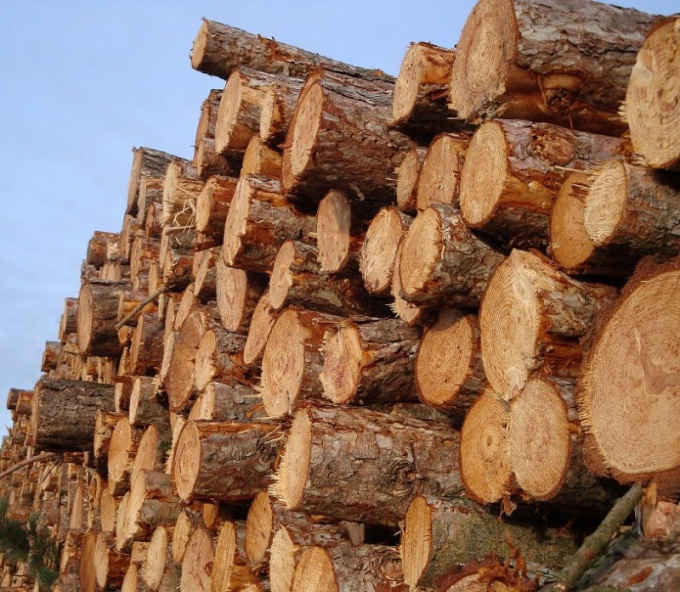The energy comes from the Greek word meaning "action". Can you call an energetic person who moves creates a certain work to do, to act. Also possess energy machine, created by people, alive and dead nature. But it is in everyday life. In addition, there is a strict science of physics that shaped and defined the many types of energy – electrical, magnetic, nuclear, etc. However, now we are talking about potential energy, which cannot be considered in isolation from kinetic.
This energy, according to the concepts of mechanics possess all the bodies that interact with each other. And in this case we are talking about motion.
In physics this type of energy is created when the interaction of bodies or parts of the same body, but no movement as such. This is the main difference from the kinetic energy. For example, if you raise the stone above the ground and hold in this position, it will have potential energy which can turn into kinetic, if the stone let go.
Typically the energy connected with the work. That is, in this example, you release the stone can produce some work in the fall. And possible magnitude of the work will be equal to the potential energy of a body at a certain height h. To calculate this energy, the following formula is used:
A=Fs=Ft*h=mgh, or EP=mgh, where:
EP - potential energy of the body,
m - body mass,
h - the height of the body above the surface of the earth,
g - acceleration of free fall.
Potential energy there are two types:
1. The energy of the mutual arrangement of bodies. This energy has suspended the stone. Interesting, but potential energy and have the usual wood or coal. They contain no oxidized carbon, which can be oxidized. To put it simply, burnt wood can potentially heat the water.
2. The energy of elastic deformation. For example, one can take an elastic tourniquet, compressed spring or a system of "bone-muscle-ligament".
Potential and kinetic energy are interrelated. They can passes each other. For example, if you throw a stone up, when driving at first it has kinetic energy. When he reaches a certain point, then the moment will freeze and will get the potential energy, and then gravity will pull it down and again, any kinetic energy.
Kinetic energy
This energy, according to the concepts of mechanics possess all the bodies that interact with each other. And in this case we are talking about motion.
Potential energy
In physics this type of energy is created when the interaction of bodies or parts of the same body, but no movement as such. This is the main difference from the kinetic energy. For example, if you raise the stone above the ground and hold in this position, it will have potential energy which can turn into kinetic, if the stone let go.
Typically the energy connected with the work. That is, in this example, you release the stone can produce some work in the fall. And possible magnitude of the work will be equal to the potential energy of a body at a certain height h. To calculate this energy, the following formula is used:
A=Fs=Ft*h=mgh, or EP=mgh, where:
EP - potential energy of the body,
m - body mass,
h - the height of the body above the surface of the earth,
g - acceleration of free fall.
Two types of potential energy
Potential energy there are two types:
1. The energy of the mutual arrangement of bodies. This energy has suspended the stone. Interesting, but potential energy and have the usual wood or coal. They contain no oxidized carbon, which can be oxidized. To put it simply, burnt wood can potentially heat the water.
2. The energy of elastic deformation. For example, one can take an elastic tourniquet, compressed spring or a system of "bone-muscle-ligament".
Potential and kinetic energy are interrelated. They can passes each other. For example, if you throw a stone up, when driving at first it has kinetic energy. When he reaches a certain point, then the moment will freeze and will get the potential energy, and then gravity will pull it down and again, any kinetic energy.
